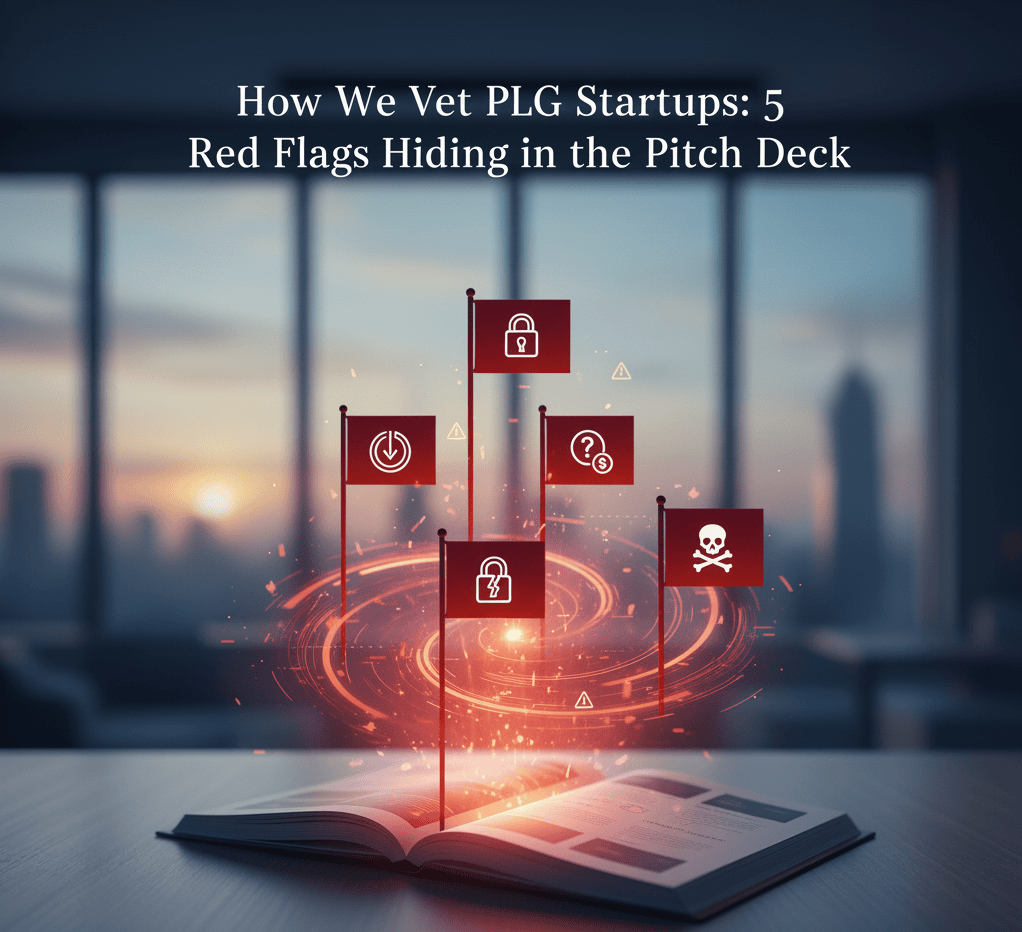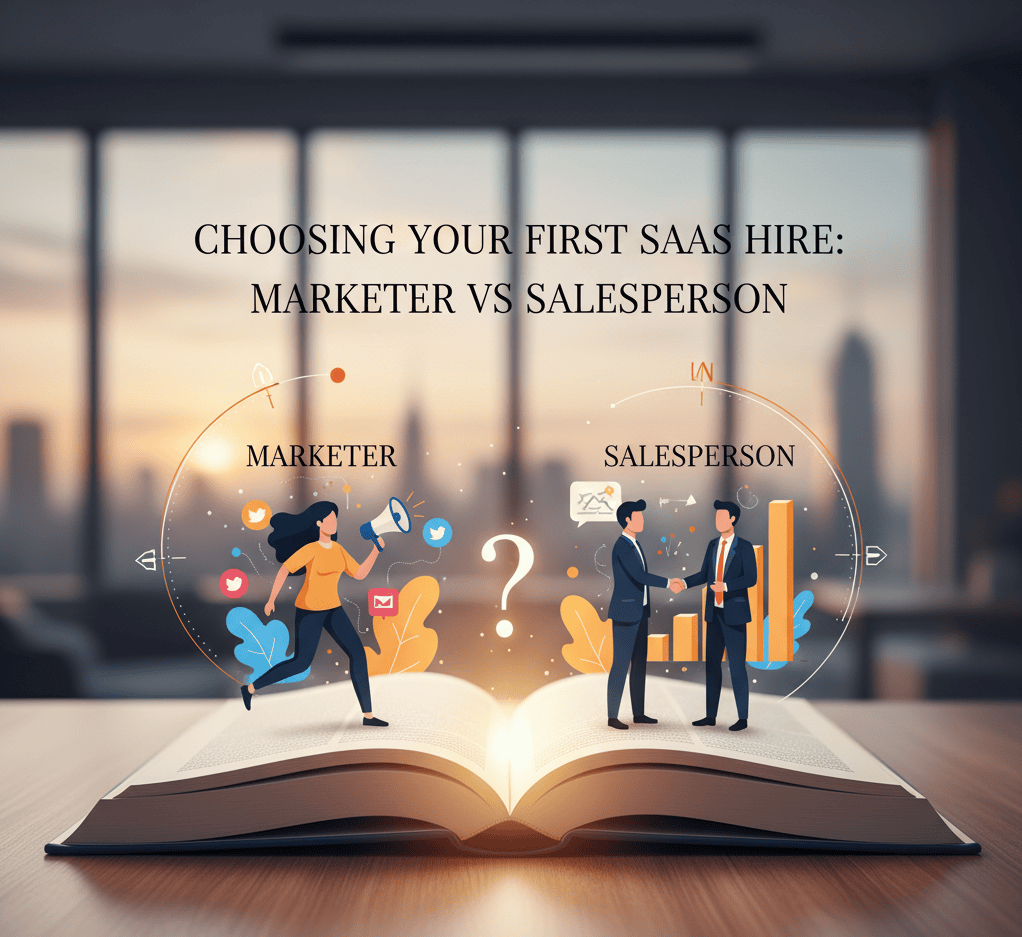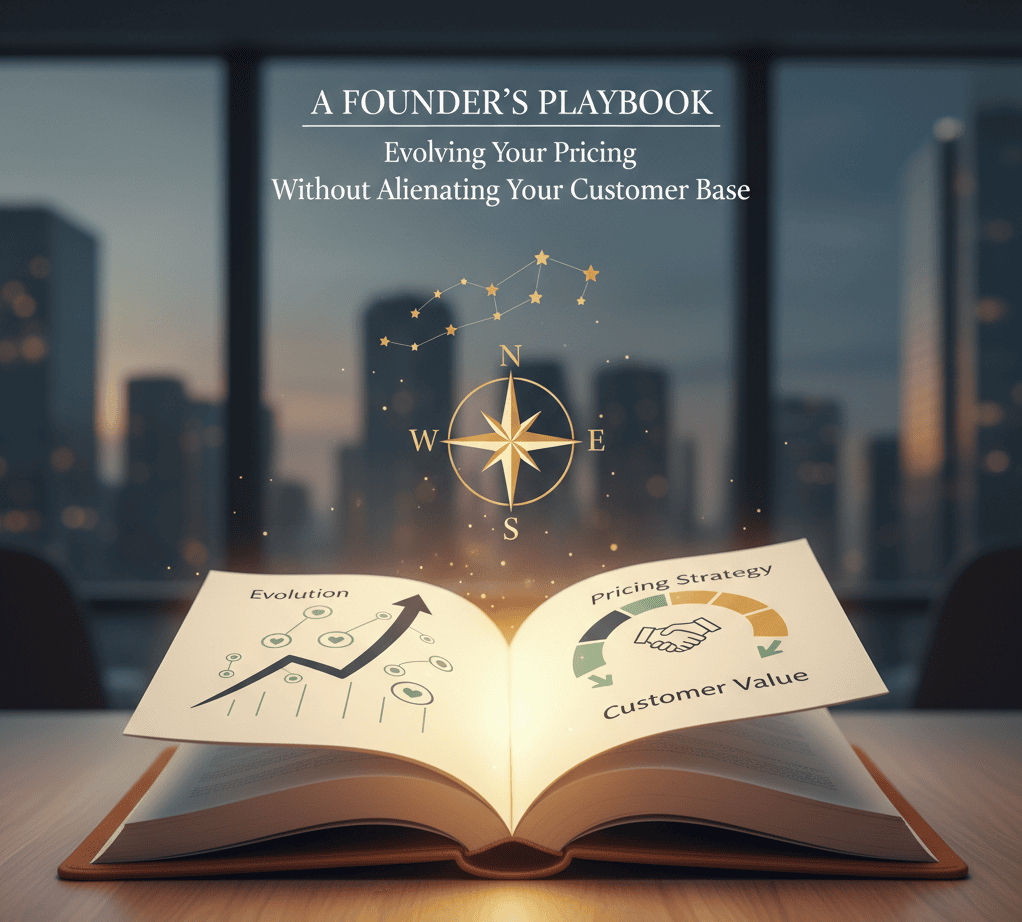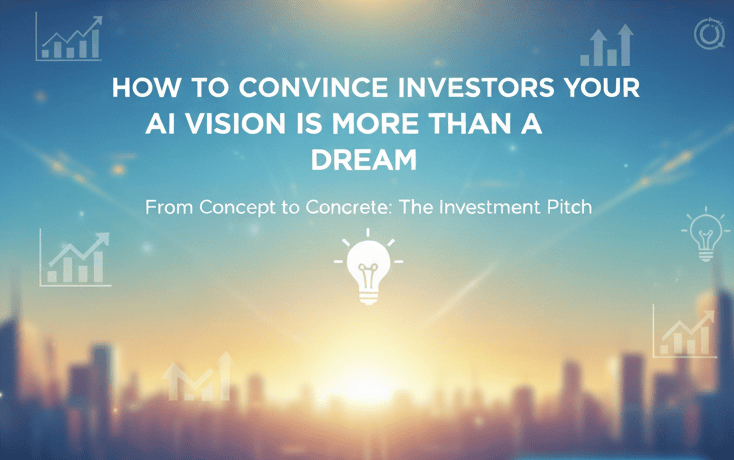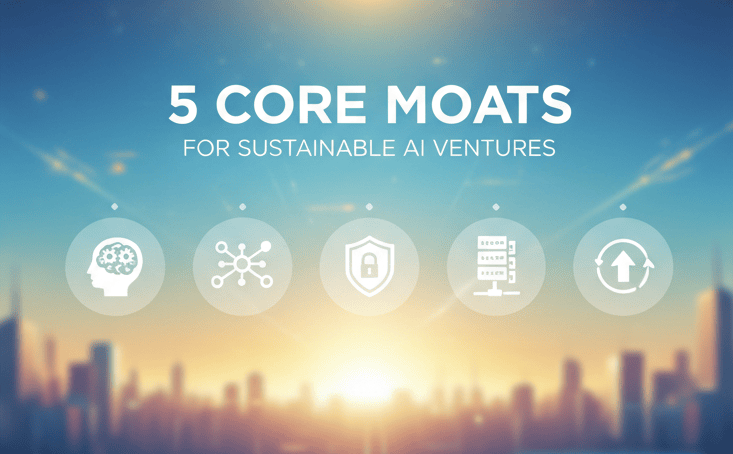The Journal
Many SaaS founders view free tiers as essential for growth, yet numerous startups find this approach costly and ineffective. A free tier should support user conversion, not just user acquisition.
The article discusses the pitfalls of assessing Product-Led Growth (PLG) in SaaS companies, emphasizing five critical red flags during due diligence.
As a SaaS founder, you’re drowning in data. You have dashboards for ARR, sign-ups, churn, and a dozen other metrics. Yet, most of these are lagging indicators; they tell you the results of last quarter's strategy. To win in today's market, you need to measure the leading indicators of grow...
Venture capitalists prioritize scalable Go-To-Market (GTM) strategies over initial revenue results. Successful pitches show a clear Ideal Customer Profile, logical GTM connections to unit economics, evidence of a repeatable sales process, and stable, healthy metrics.
Choosing the right first commercial hire for a SaaS company is crucial, as it affects product-market fit and resource allocation.
As SaaS companies grow, evolving pricing models can become challenging yet necessary.
As a SaaS founder, optimizing your pricing page is crucial for growth. Implementing a "Good-Better-Best" tiering model can transform your pricing strategy into a revenue-driving product.
After closing a funding round, founders face the pressure of sending their first investor update.
The Rule of 40 is a foundational performance benchmark for SaaS companies, combining revenue growth and profit margins.
Building a generative AI company in 2025 poses unique challenges due to high, variable costs and fast-evolving technology.
The generative AI landscape is shifting from a focus on raw performance to building trust with users.
The post emphasizes that traditional SaaS growth strategies hinder AI startups, which must adopt new go-to-market approaches.
The prevailing belief that AI startups need vast datasets is misguided. Instead, early-stage founders should focus on acquiring minimal but high-quality datasets to validate their ideas and create value.
The text emphasizes the importance of balancing vision and credibility in AI startup pitches.
The generative AI landscape has evolved dramatically since late 2022, with powerful foundation models becoming essential tools.
Early-stage founders in generative AI face crucial decisions regarding foundational models.
The author reflects on discussions with AI founders, highlighting the risk of creating impressive yet unsustainable products.
To attract and retain top physicists, companies need to balance proprietary protection and intellectual freedom.
The race for quantum computing dominance is currently dominated by efforts to create powerful, monolithic quantum processing units (QPUs).
In a competitive landscape, quantum startups must adopt Guerilla Recruiting strategies to attract top talent against corporate giants.


